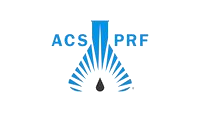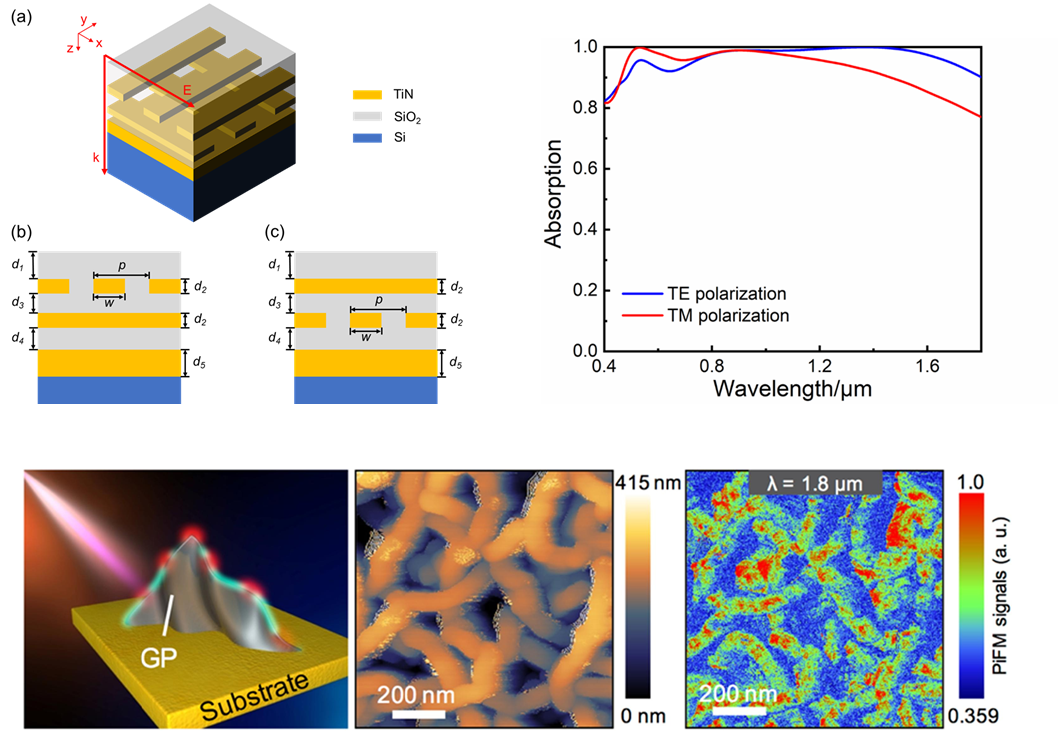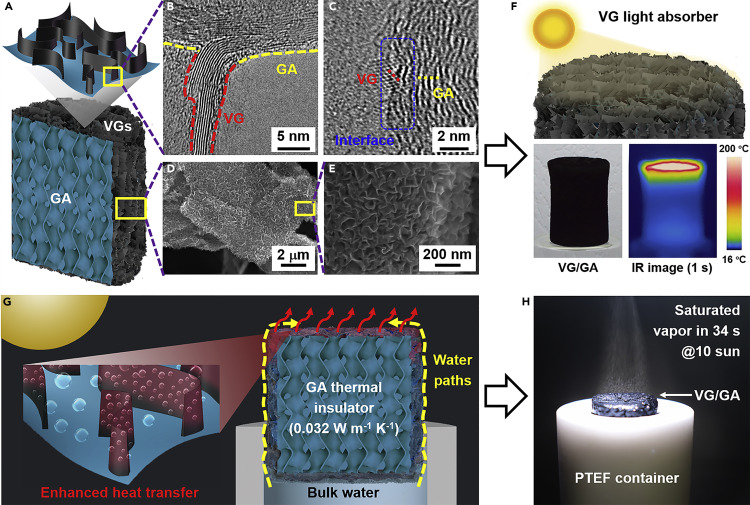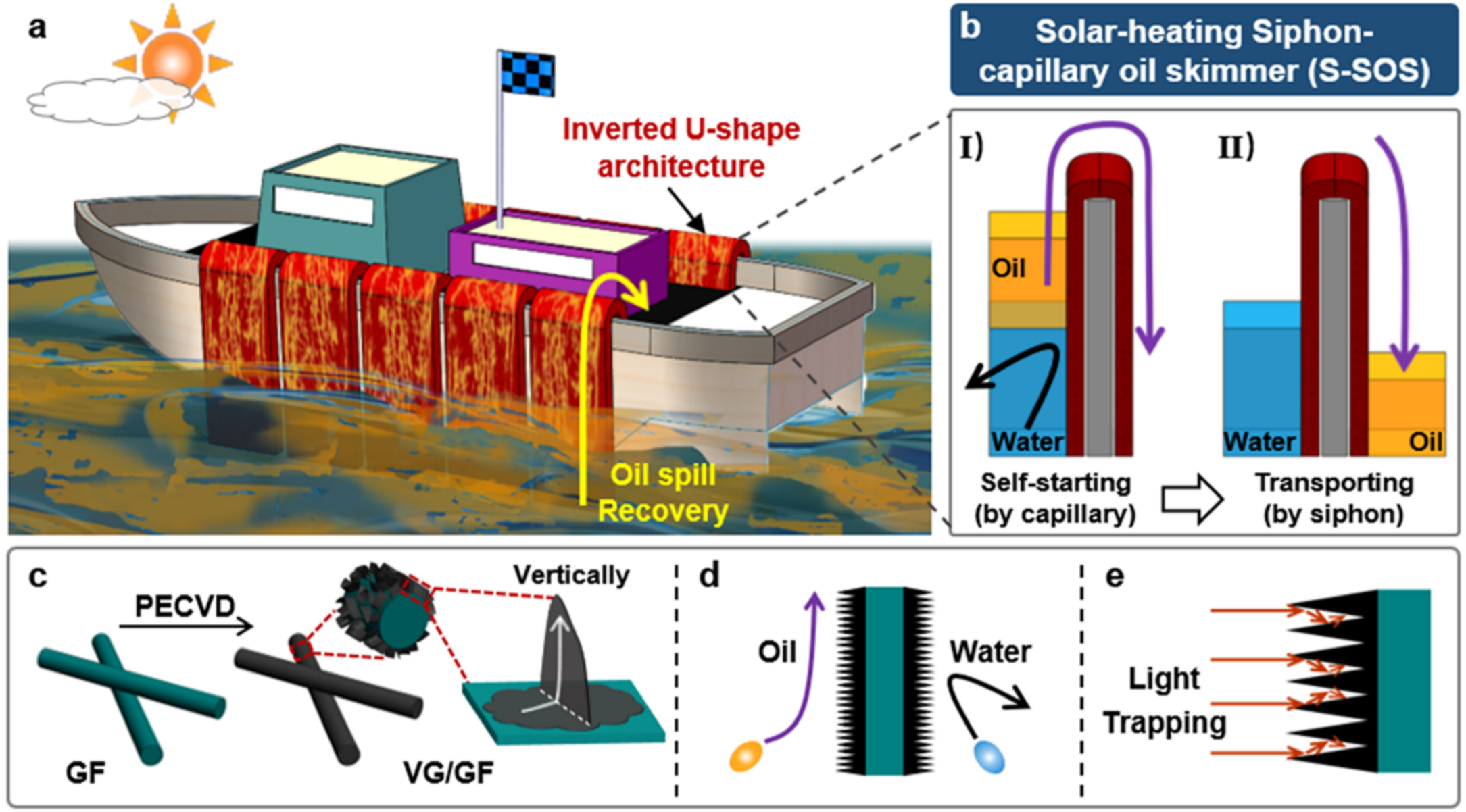Current Funding:
 |
 |
 |
|---|---|---|
Current Project:
1. Mechanisms of plasma-matter interaction for nanomaterials synthesis and petroleum upgrading
Fundamental understanding the nature of plasma-matter interaction is a prerequisite to the control of the nanomaterial growth or the upgrading process of low-valued petroleum products by plasma-enhanced chemical vapor deposition (PECVD). Various critical factors such as pressure, temperature, growth time, feeding gas ratio, plasma power/type, physical and chemical parameters of the substrates (e.g., petroleum) can determine the pattern of plasma-matter interaction. We reveal the mechanisms by experiments and simulations.
2. Solar thermal conversion for vapor generation
Solar energy harvesting, particularly solar-thermal conversion, has received recent attention for applications such as DNA sequencing, medical sterilization, power generation, de-icing, tumor cell ablation, and seawater desalination. By designing materials with high solar absorptance, optimizing thermal management, and manipulating thermodynamic properties of water, highly efficient solar vapor generation can be achieved.
2.1 Investigating light-matter interaction
Interactions between absorb materials and light determine their solar absorption performance. We study the light-matter interaction behavior both theoretically by using commercial finite-difference time-domain (FDTD) software (Lumerical) and experimentally by employing real-space photo-induced force microscopy (PiFM) nano-imaging.

Wu S, Luo T, Xiong G (2020) Plasmon Hybridization-induced Ultra-broadband High Absorption from 0.4 to 1.8 Microns in Titanium Nitride Metastructures. Plasmonics (Accepted) DOI: 10.1007/s11468-020-01324-2.
Xu C, Bo Z, Wu S, Wen Z, Chen J, Luo T, Lee E, Xiong G, Amal R, Wee ATS, Yan J, Cen K, Fisher TS, Ostrikov K (2020) Vertical graphene nano-antennas for solar-to-hydrogen energy conversion. Solar Energy 208:379-387.
2.2 Materials design and thermal management
Novel materials design and efficient thermal management are key factors to minimize heat losses in solar thermal conversion. We fabricate unique graphene-based architectures (e.g., vertically standing graphene petals, GPs) as light-absorbing materials, and design excellent thermal management strategies to achieve ultrafast and highly efficient solar vapor generation.

Wu S, Xiong G, Yang H, Tian Y, Gong B, Wan H, Wang Y, Fisher TS, Yan J, Cen K, Bo Z, Ostrikov K (2019) Scalable Production of Integrated Graphene Nanoarchitectures for Ultrafast Solar-Thermal Conversion and Vapor Generation. Matter 1 (4):1017-1032.
Wu S, Xiong G, Yang H, Gong B, Tian Y, Xu C, Wang Y, Fisher T, Yan J, Cen K, Luo T, Tu X, Bo Z, Ostrikov K (2019) Multifunctional Solar Waterways: Plasma-Enabled Self-Cleaning Nanoarchitectures for Energy-Efficient Desalination. Advanced Energy Materials 9 (30):1901286.
Tian Y, Yang H, Wu S, Yan J, Cen K, Luo T, Xiong G, Hou Y, Bo Z, Ostrikov K (2019) Beyond lotus: Plasma nanostructuring enables efficient energy and water conversion and use. Nano Energy 66:104125.
2.3 Mechanisms of solar thermal vapor generation (molecular simulations)
We are interested in understanding the underlying mechanisms of solar thermal vapor generation from a molecular point of view. Various factors influencing the thermodynamic properties of water will be taken into consideration during molecular simulations.
3.Nanofluid transportation for oil recovery
By designing an inverted U-shape porous architecture combining solar-heating, siphon, and capillary effects, we achieved outstanding oil-recovery performance without any external power or manual interventions.

Wu S, Yang H, Xiong G, Tian Y, Gong B, Luo T, Fisher TS, Yan J, Cen K, Bo Z, Ostrikov KK (2019) Spill-SOS: Self-Pumping Siphon-Capillary Oil Recovery. ACS Nano 13 (11):13027-13036.
4. Graphene-based nanomaterials for supercapacitors and batteries
Supercapacitors and batteries are key energy storage devices for vehicles and portable electronics. Graphene is a promising candidate for electrode materials in these devices because of their high electrical conductivity, large surface area, excellent mechanical and chemical stabilities. By designing the structure of graphene networks, more efficient ion transport and charge storage could be achieved for high-performance supercapacitors and batteries.

Xiong, G., He, P., Lyu, Z. et al. Bioinspired leaves-on-branchlet hybrid carbon nanostructure for supercapacitors. Nat Commun 9, 790 (2018). https://doi.org/10.1038/s41467-018-03112-3.
5. Thermal management of batteries and supercapacitors
Thermal runaway is one of the most challenging issues for current energy storage devices such as lithium-ion batteries. We investigate heat generation in supercapacitors and batteries and design efficient thermal management strategies to avoid potential thermal issues.
6. Mechanical and thermal transport behavior of graphene aerogels
Graphene aerogels (GAs) exhibit high porosity (>99%) and can be used as strain sensors and thermal insulation materials. They can also be used as thermal conducting networks in polymer composites for thermal interface materials. We design unique structures of GAs and related composites and study the influence of the structures on mechanical and thermal properties.

Xiong, G., He, P., Wang, D., Zhang, Q., Chen, T. and Fisher, T.S. (2016), Hierarchical Ni–Co Hydroxide Petals on Mechanically Robust Graphene Petal Foam for High‐Energy Asymmetric Supercapacitors. Adv. Funct. Mater., 26: 5460-5470. https://doi.org/10.1002/adfm.201600879.
Zhang, Q., Xu, X., Lin, D., Chen, W., Xiong, G., Yu, Y., Fisher, T.S. and Li, H. (2016), Hyperbolically Patterned 3D Graphene Metamaterial with Negative Poisson’s Ratio and Superelasticity. Adv. Mater., 28: 2229-2237. https://doi.org/10.1002/adma.201505409.